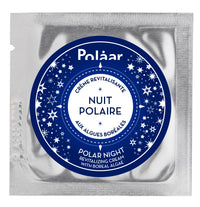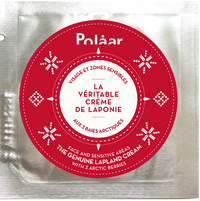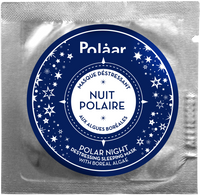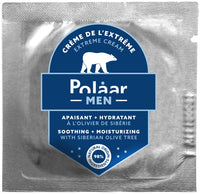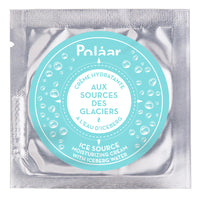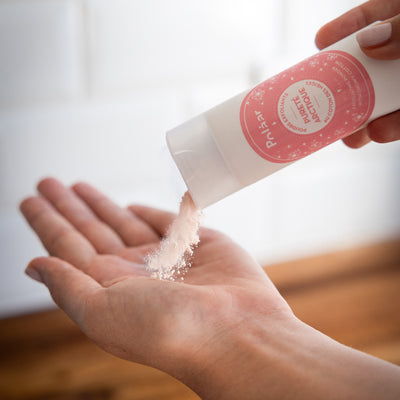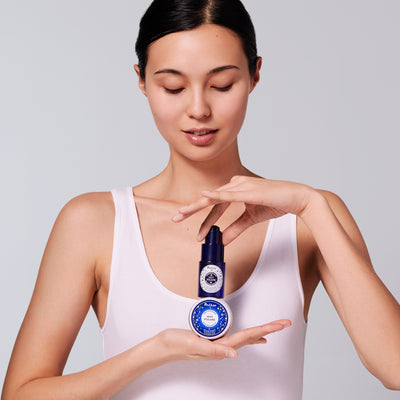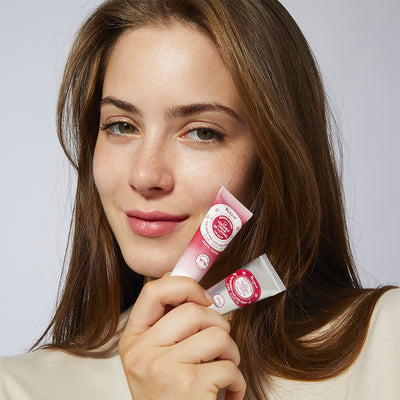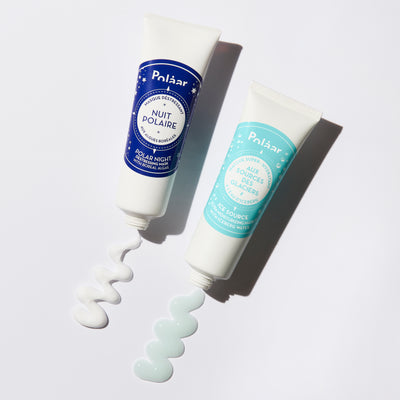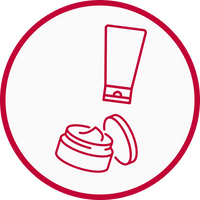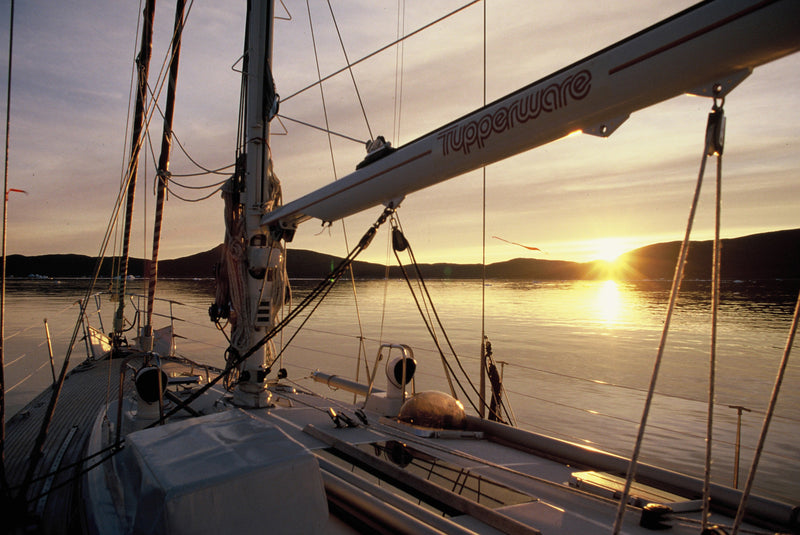
our story
Polaar's story takes the form of a family saga whose origins lie in the snowy landscapes of the world's most remote regions. Polaar was born of a deep fascination for the Arctic world, coupled with a boundless desire to explore its every nook and cranny. Each chapter of this story marks an important turning point in the roadmap of its founder, Daniel Kurbiel, but also in that of his parents, who began the journey before him. Here is the logbook.
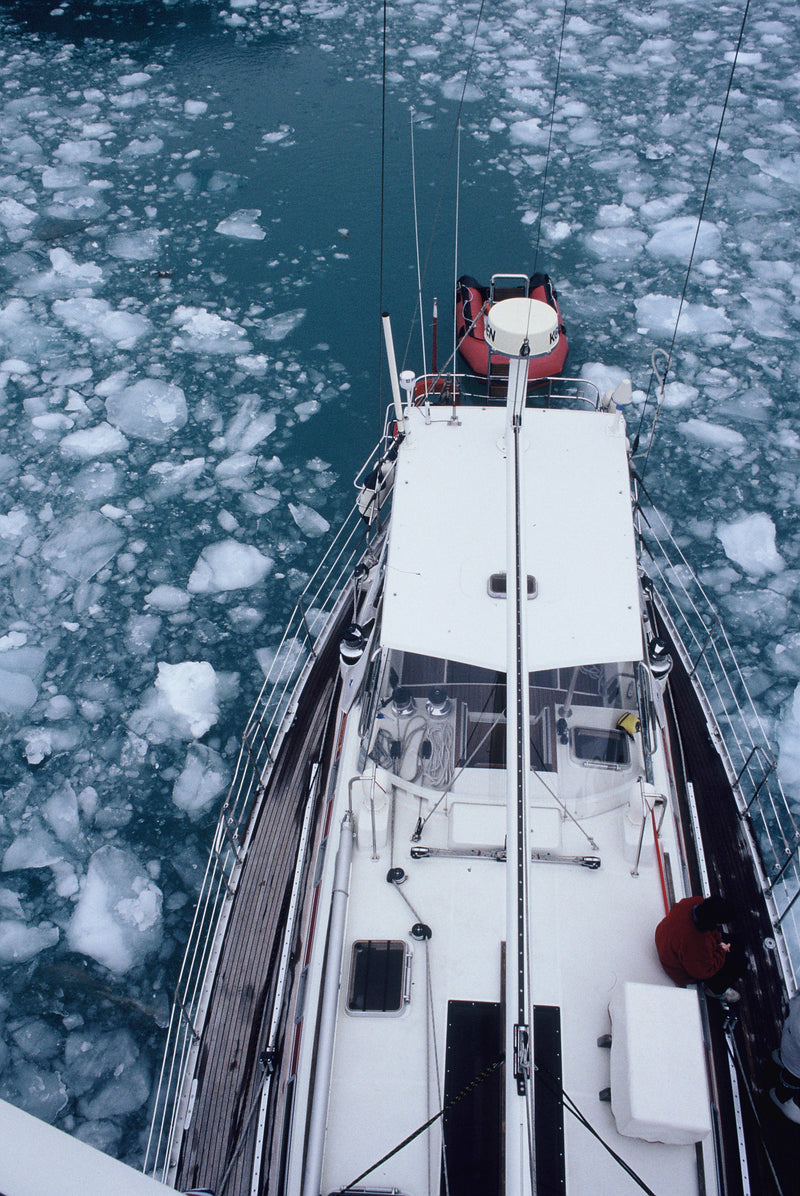
Chapter 1 - 1976
First voyages, the Vagabond and an avalanche of records
The story of Polaar begins in 1976, on the deck of the Vagabond, an icebreaker sailing off the shores of Iceland, which Daniel Kurbiel's parents set out to explore. This crossing marked the first voyage for an adventurous couple who would never cease to push back the frontiers of the northern worlds.
These exploratory elks soon landed them on the shores of Greenland, in 1978. On this occasion, the record for the furthest north was broken. The following year, the unexplored Blosville region was mapped aboard Vagabond 2. And one expedition followed another. As in 1982, when they parachuted in alongside a certain Nicolas Hulot, they managed to pinpoint the exact location of the North Magnetic Pole, between two polar bear attacks. For the time being, these ventures, which lasted until 1985, had more to do with record-breaking than with furthering the scientific research that would establish Polaar's identity a few years later. Nevertheless, the beginning of the road had been paved.
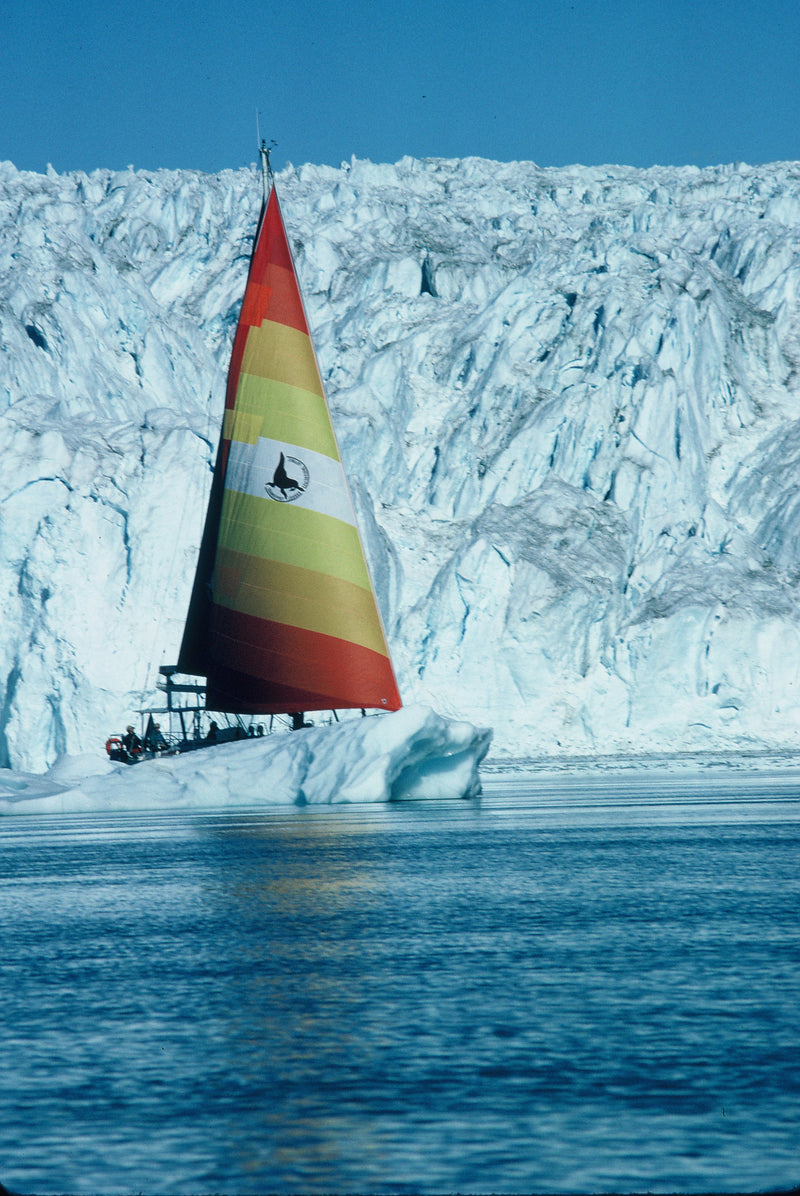
Chapter 2 - 1998
Torch relay, arctic lichen and Polish encounters
In 1998, Daniel Kurbiel began sailing in the wake of his parents. Heading for the Northwest Passage, across Alaska. His voyage coincided with an important development: expeditions were beginning to be organized in partnership with major scientific institutes, which were taking advantage of these geographical advances to make advances in their own fields.
The University of Pontoise sent doctoral students specializing in polar climates to study sunshine and pollution alongside the sailors. This was followed by a decisive encounter in the history of Polaar: Daniel crossed paths with Maria Olech in early 1990. Maria studies polar flora and distinguishes herself as a specialist in lichens, small plant organisms capable of surviving millennia in extreme conditions. Their exceptional properties spark an idea in Daniel's mind...
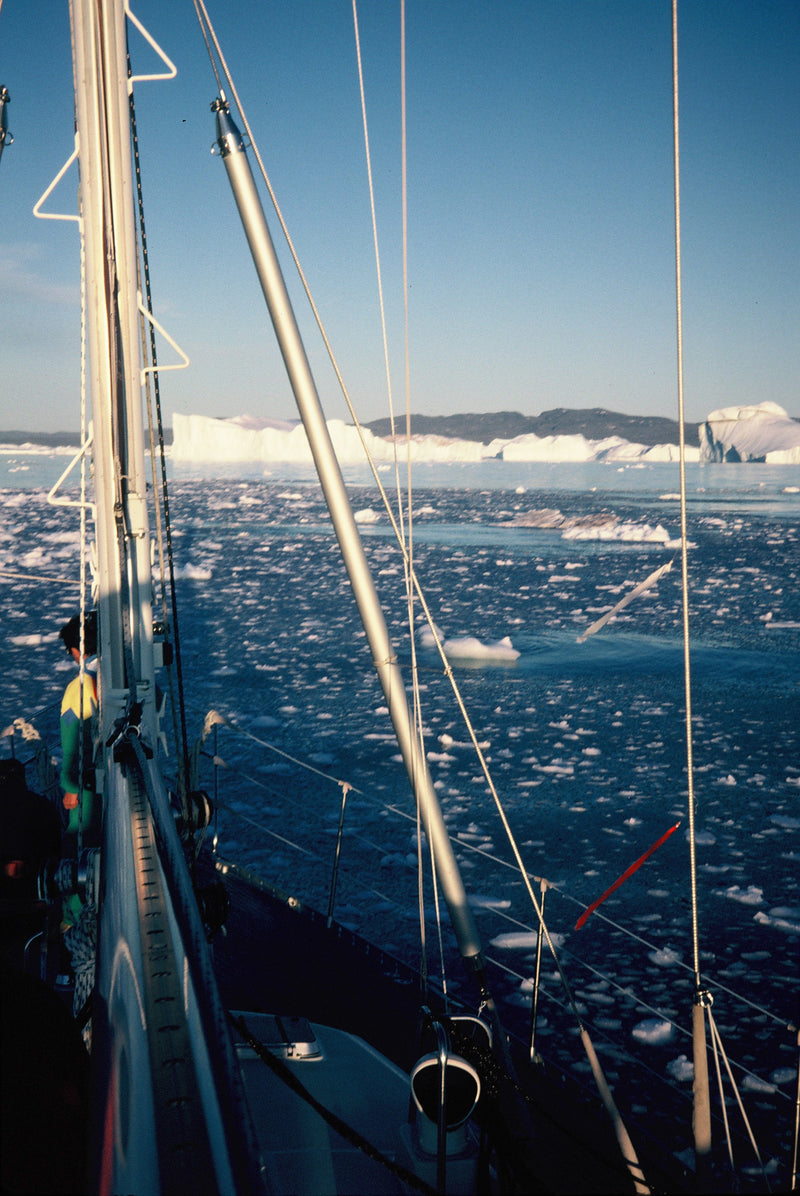
Chapter 3
"In the strength of nature lies great beauty".
The Polaar project was undoubtedly born at that very moment. The moment when Daniel realized that a remote world with virtually unknown flora was giving birth to active ingredients of unrivalled rarity and purity. And while legions of cosmetics researchers from all horizons toil in their laboratories in the four corners of the earth, the secret of beauty may well lie there, in the depths of the Arctic, forged by a laboratory older than anything else: the Arctic Circle.
And intuition becomes conviction. The secrets of Arctic beauty are waiting to be discovered in the 1,700 or so plants that grow in the northern regions, and particularly in the 400 that are capable of flowering despite a very harsh ecosystem. One expedition follows another. Bringing together scientists and Inuit guides for a common cause: to unravel new mysteries with each new expedition, in order to create natural skincare products for beauty that is itself natural.

Chapter 4 - 2000
From the sea to mountain peaks and plains
The Polaar teams' initial research focused on the marine world. Between 2004 and 2007, Boreal Algae discovered and analyzed glacier water with its extraordinary moisturizing, relaxing and regenerating properties. They gave birth to the Polaar Night and Ice Source skincare products. Expeditions gradually make their way ashore.
In 2009, in the eastern reaches of the Siberian region, a species of ginseng with a unique tonicity was discovered. The Icy Magic treatment was born. 2012 marks a return to the Arctic and a reunion with Maria Olech. The study of the wild fields of Arctic cotton revealed its powerful cleansing and soothing properties. The plant becomes the active ingredient of Ice Pure. The magical lands of Lapland are surveyed in 2013. The expedition brought back 3 polar berries that would be used to create The Genuine Lapland Cream, a skincare product designed to preserve the skin. And the research takes off. The ascent began in 2015, in the peaks beyond the eternal snows. Daniel and his teams found the delicate Nunatak flower. The Eternal Snow skin care product was born here, in the petals of a flower with exceptional regenerating and anti-ageing properties.

Chapter 5
The birth of a name, school reunions and Inuit writing
Polaar is gradually taking shape as he travels to and from the Arctic Circle, but also in France, where his identity is gradually taking shape alongside his explorations. Accompanied by Karine Roche, a friend he met on the benches of the HEC business school, Daniel imagines and weaves the DNA of his brand: its visual universe, its language and, above all, its name: POLAAR. The two "A "s evoke the Arctic and Antarctic, the territories that made history possible. The dot on the logo, meanwhile, is a nod to Inuit script, a people of great importance whose guides have accompanied virtually every expedition since 1978.
Finally, the letters of the logo, slightly cut at the base, recall the icebergs of the polar oceans, of which only the surface can be distinguished, concealing a submerged face of unsuspected depth. This notion of depth is important to Polaar, which aims to become much more than just a natural skincare brand. Our ambition is to reveal the beauty of the Arctic lands to as many people as possible, to immerse them in their riches and, above all, to preserve them.

Chapter 6 - 2004
Unique formulations and ethical inspiration
From the outset, in 2004, Polaar products have been formulated without alcohol, paraben or mineral oils. This industry first embodies the company's commitment to natural beauty recipes. The brand's ethical philosophy is an ongoing one. In addition to protecting women's skin, Polaar intends to draw inspiration from what nature has forged, without ever damaging it.
Responsible asset harvesting chains, which have won innovation awards, are rapidly being set up in association with local producers. Polaar has also forged a number of relationships with organizations close to its issues. The company has won the support of CEDA (a seaweed development center) and Scientipole Innovation, which is in charge of identifying polar algae and cultivating them in an ecologically responsible way.
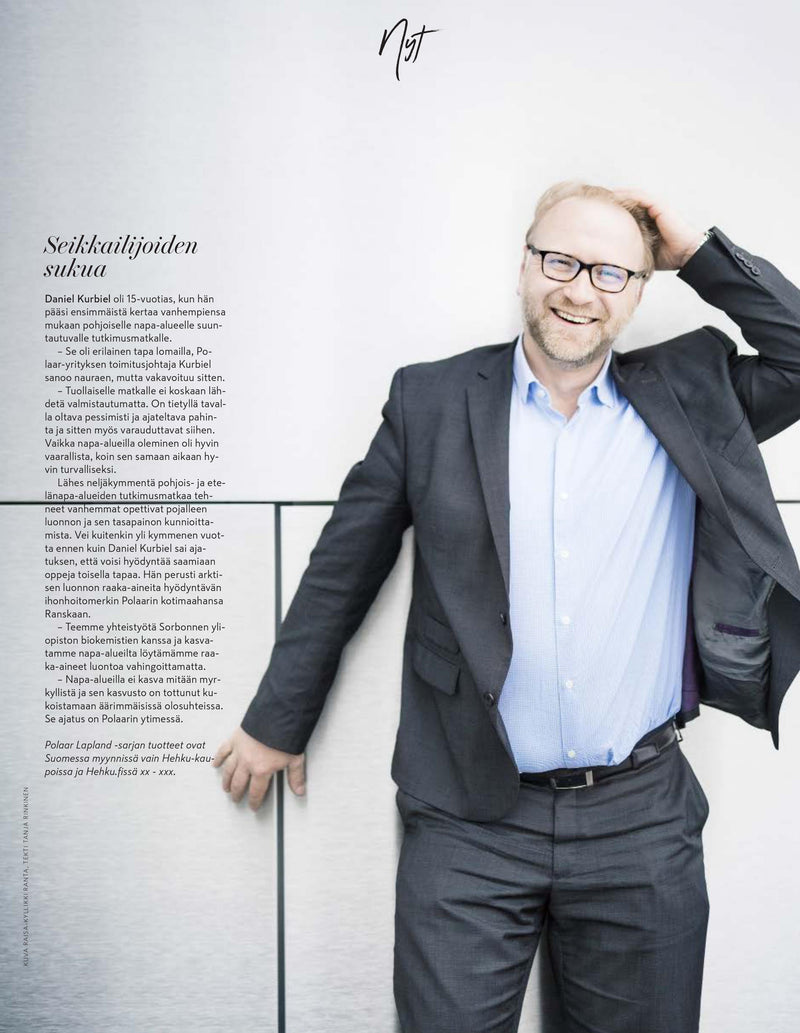
Chapter 7
The horizon is white
The Polaar adventure is far from over. For decades to come, Daniel, Karine and their teams intend to continue making the wonders of the polar world accessible to all, for the moment of a treatment.
The family saga is probably not over yet either. After Daniel, it's Janusz Kurbiel's grandchildren who may well follow in their grandfather's snowy footsteps and criss-cross the Pole in their turn. Their journey would maintain a 40-year-old tradition, allowing them to set foot once again in these regions that have meant so much to them. A way of uniting a family a little closer to a land that has given them so much. Today and forever.
